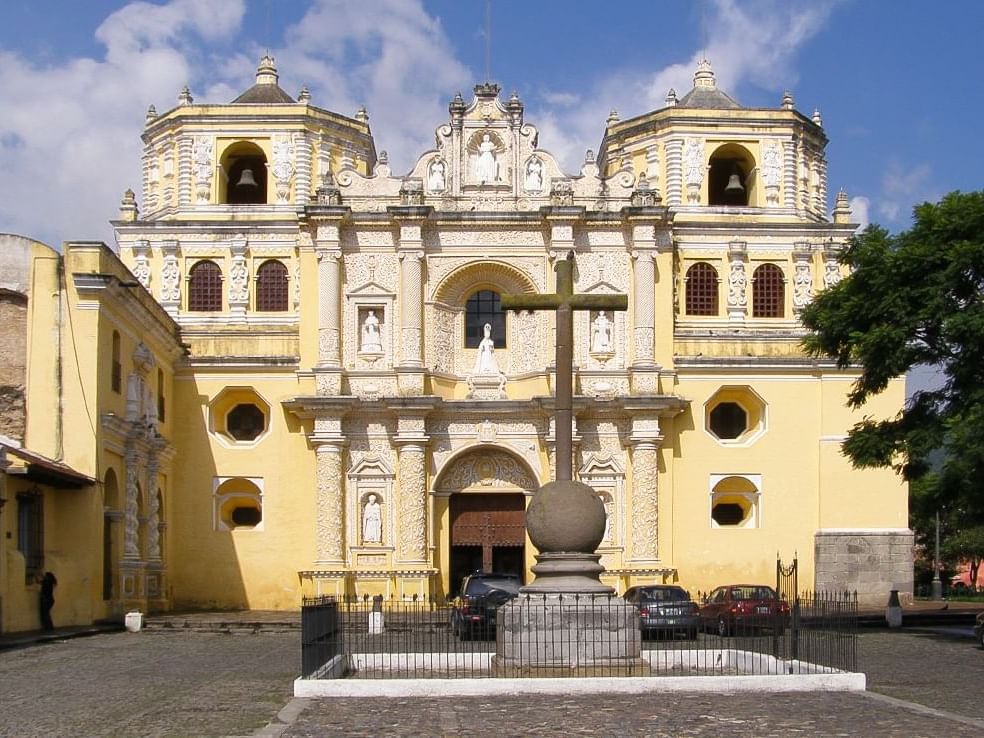Explore the Enchanting Streets of La Antigua, Guatemala
To immerse yourself in the cobble-stoned charm of La Antigua is to become intimately connected with Guatemala’s enthralling history and legends. You’ve discovered a vibrant destination, where Spanish Conquistadores once held sway and legendary craftsman labored to create some of the world’s most exquisite monuments. Founded in 1543, La Antigua stands as one of the best-conserved colonial settlements on the American continent. Explore the spectacular San José Cathedral, browse fascinating museums and tour magnificent ruins and other attractions that have captivated travelers from around the world.
In addition to being designated a World Heritage Site by UNESCO, La Antigua, Guatemala has developed a reputation among travelers as one of the most fascinating cultural cities. This area was awarded the Wanderlust Travel Award for Top City in 2009 and more than 25,000 readers of Condé Nast Traveler have annually chosen La Antigua, Guatemala as one of the top ten cities during each of the past five years.
Marvel at exquisite paintings in the Colonial Art Museum. Visit La Azotea Cultural Center, the textile museum, hotel Museo Casa Santo Domingo or the Capuchinas Convent. Venture into the stunning church and convent of San Francisco and then mingle with friendly Antiguans at the markets and cafes or in the bustling Central Plaza.
Discover an array of exciting outdoor attractions just beyond the city. Watch local wildlife while admiring miles of lush trees and colorful flora during a guided canopy tour. Explore a macadamia nut plantation or the fantastic local handicraft market. Find out the complete process at a working coffee plantation. Go on the most incredible canopy tour or hike the active Volcan Pacaya. Plan a day trip to the Mayan city of Iximché, the market town of Chichicastenango or escape to the tranquility of Lake Atitlan. For the most adventurous guests, there are volcano hikes, mountain biking opportunities, river kayaking excursions, golf outings or deep-sea fishing charters off the Pacific coast (only 45 minutes away).
For assistance with arranging tours, recreational activities or anything else you might want to experience during your visit to La Antigua, Guatemala, please ask our boutique hotel staff.

Iglesia y Convento La Merced
the exquisite Baroque facade shows an extraordinary ornamental work done in stucco. Inside the monastery you can also see one of the largest fountains of the city.

Iglesia y Convento de San Francisco
In this temple is the tomb that holds the mortal remains of Saint Hermano Pedro de Betancourt, who performed in the colonial period a lot of charity, work to help the poor and now attributed miraculous qualities.

Convento de Capuchinas
Was the last female convent founded in the city. One of the biggest attractions is the impressive tower of retirement, circular configuration of 18 cells.
Museo de Armas de Santiago
This museum presents a comparative sample of the weapons used by the Spanish and Indians in the time of the conquest.
Museo del Arte Colonial
This important museum occupies the building that was home to the University of San Carlos de Borromeo in colonial times.
Museo del Palacio Arzobispal, San Juan del Obispo
Offers guided tours service to publicize a collection of sculptures, paintings and altar-pieces from the colonial era.
Centro Cultural La Azotea
It has three interesting museums: Casa K'ojom is a music museum exhibit featuring musical instruments and pre-Columbian Mayans; Museo del Café with history and description of the process itself and the Rincón Sacatepéquez, exhibiting costumes from different regions of Guatemala and crafts.
Centro de Formación de la Cooperación Española - AECID (Agencia Española de Cooperación Internacional para el Desarrollo)
In 1994, the city of La Antigua Guatemala, which owns the building, gives the right to use it to AECI for the creation of Latin American Centre for Development Training.
Palacio del Ayuntamiento
Built in the seventeenth century, was the prototype of the Palacio Real. Its design and construction is attributed to the architects Luis Navarro Díaz, Juan de Dios Aristondo and Diego de Porres.

